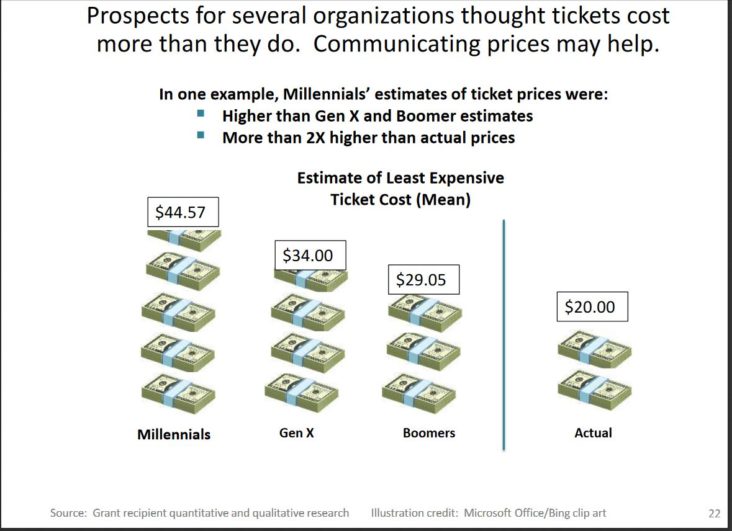In somewhat the same theme as the post I made last week about Tu Me Manques which uses social media to tell the story of a relationship, I had also come across an article in May about Pirates & Mermaids, a one person show about a long distance romance that “unfolds through texts between the two main characters, shared photographs, and good old-fashioned storytelling by the fire.”
What drew me to the story wasn’t the use of social media in the show. The show doesn’t appear to rely on the availability of live Wifi like Tu Me Manques does. It was the way the production company, Poorboy, was using social media to keep connected with their audiences. In the case of Pirates & Mermaids, it was ending the show with a cliffhanger that created some incentive for providing your email to Poorboy.
After the show finishes, audience members are offered a postcard where they can share a message about the performance and share their email address with the production team. Those who opt in receive two follow-up emails from Cameron that lets them know what happens next.
It is a creative and fun way of engaging audiences beyond the performance by building the story into the marketing. Plus, it’s a smart way to build a mailing list because it encourages people to opt in to email communications by giving them something more than a marketing message that they can really to look forward to. The messages that come back from audiences give an insight into audiences’ emotional investment in the story.
One thing I should note is that they tend to do the show for small groups of people so they already generate a degree of intimacy with audiences. The postcards and emails they get in response are more often addressed to the character, Cameron, encouraging him onward rather than commenting on how well the production team did their job. They have had about 150 performances over the last six year and have an email list of 800 people which they say represents 75% of their audiences opting in to the email list.
Some quick math indicates they are performing for audiences of 7-8 people (the article says they limit site specific shows to a max of 15) so this is hardly a cynical attempt to trick people into helping them fatten their marketing database. They say their email open rates for the show are 75%-80%, which is better than the open rates for their other productions which use different social media techniques to connect with audiences.
According to the article, they do transition people from the show email list to their newsletter. The piece doesn’t really mention whether they specifically ask if people want to be included in the newsletter list or not. My guess is that since the production company is based in the UK, it will need to be very deliberate in how they handle those email addresses now that new regulations went into effect across the European Union at the end of May.
In any case, their process represents an option for engaging audiences that people might like to explore a little more deeply.










Santa Cruz Shakespeare has several tiers of benefits for donors/members. Some, like season-announcement parties, are open to several tiers. Some,…